After having bought and tried the Xiaomi C200, I thought it was time for me to get a second camera to protect two different parts of the house.
Since I am already familiar with the Xiaomi Home application, I thought it would be a good opportunity to test the newer model the Xiaomi C400, which has a slightly better resolution.
Why the need for multiple security cameras?
When it comes to security redundancy is a good thing. To be more precise, I think everybody needs a system for filming the entry points and inside the house.
These days, there are Wi-Fi jammers that will render your camera almost useless. That’s why it’s important to film and monitor the outside to see the threat coming before this happens.
One indoor camera or one camera filming outside might never record the thief.
What are the differences between the C200 and C400?
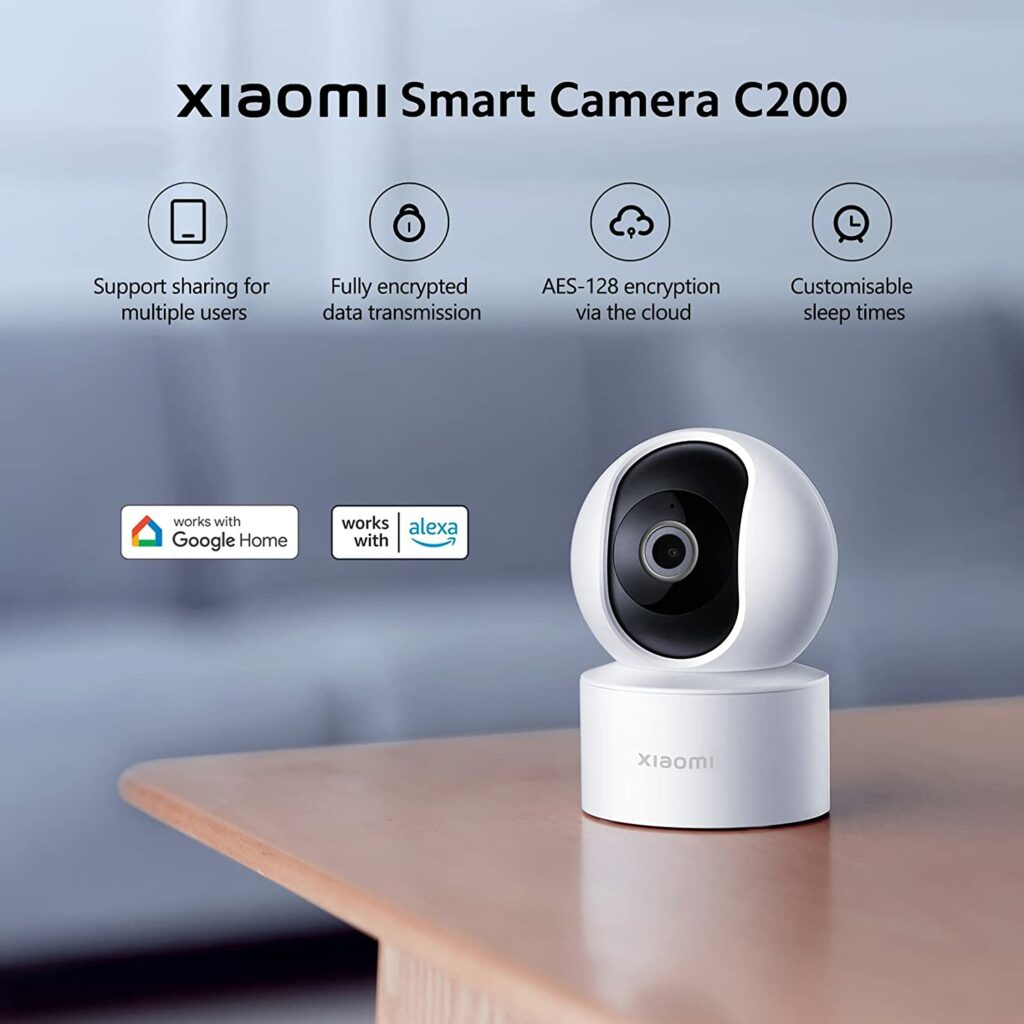
The Xiaomi C400 is a newer model that has some new features, but most importantly, a better resolution at 4 megapixels, or 1440p, against the 1080p of the C200.
The C400 is currently the highest resolution from Xiaomi, and if you want something like 4K, you’ll need to go with a brand like Arlo.
How does this camera perform
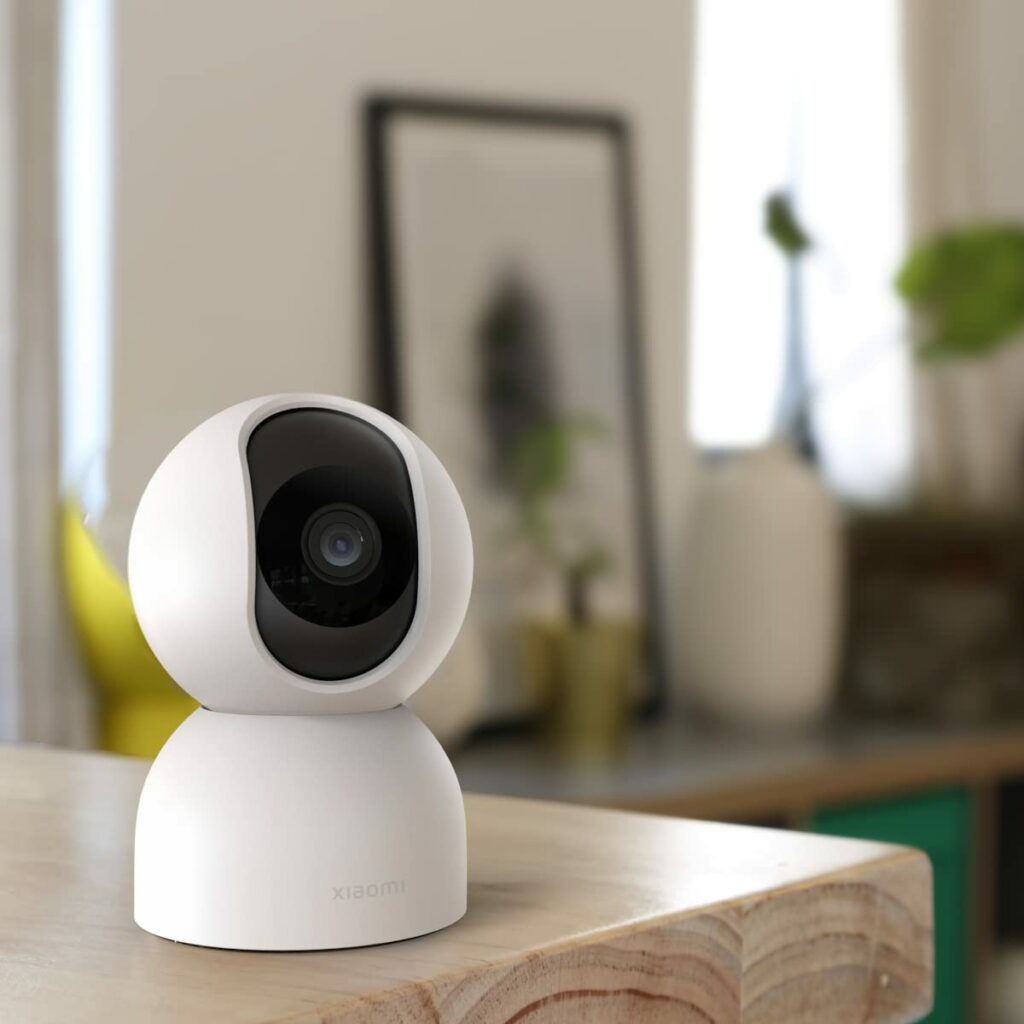
This section will be a lot like my previous review of the Xiaomi C200 since the features are the same. The camera is basically a 360-degree camera with a 106-degree field of view and some degree of vertical rotation as well.
The camera doesn’t have any batteries, and this time it runs on a USB-C cable as opposed to a micro USB. The camera also has a night vision mode, which can be set to color or the traditional colorless setting.
The camera can track people, and the motors are near silent. Compared to a system like the Arlo Ultra, the camera pans smoothly and doesn’t lose resolution.
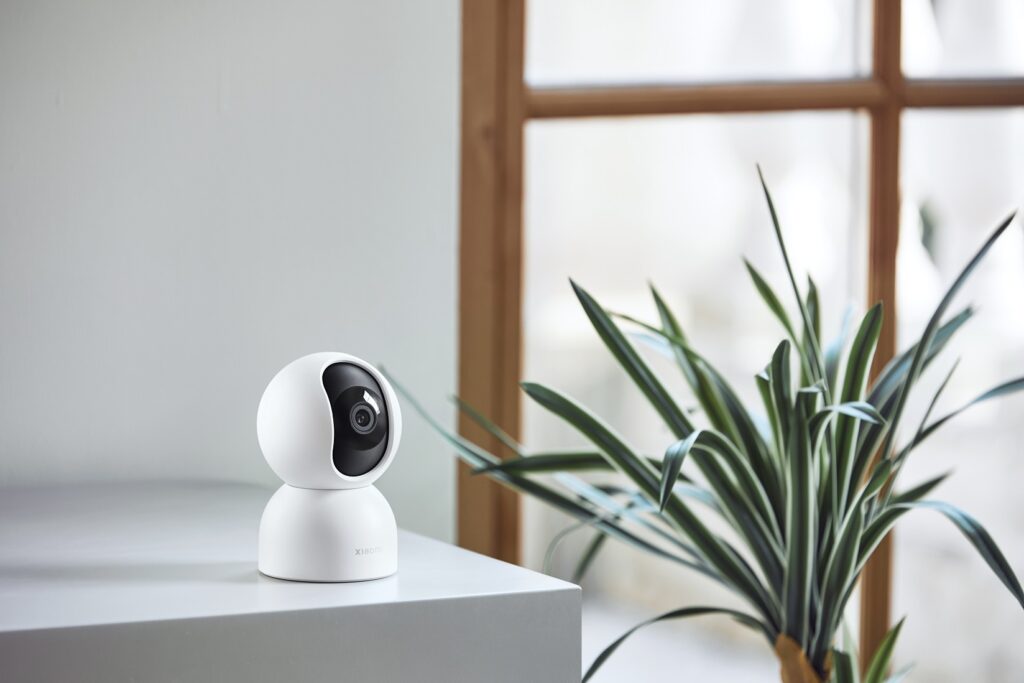
The C400, like the previous version, had a microSD slot to save local videos and photos. Files are saved as MP4 with the efficient H265 codec.
It also has an infrared light, which will illuminate a room so you can see clearly inside without being visible to the human eye.
The camera comes with a long USB-C cable and a support to mount it on the ceiling, and it’s compatible with devices like Google Home if you want to stream what the camera is seeing.
There’s also some features like automation of actions in cases of events. For example, when the camera detects the presence of a human, it can play a specific sound.
The tracking feature
For monitoring a specific zone that is wide, like the front of your house, I highly recommend turning off the tracking of humans option.
If this option is great for following someone in a small room, for example, In a wide environment, this will prevent you from zooming in and tracking the person closely since the frame will always move around.
Compared to the C200
Visually, they are very similar. The C400 has a rounder base, but other than that, they are basically the same camera from the outside.
Everything is pretty much the same: the indicator lights, the motors make slightly different noise, but they are all around the same level when it comes to decibels.
The colors
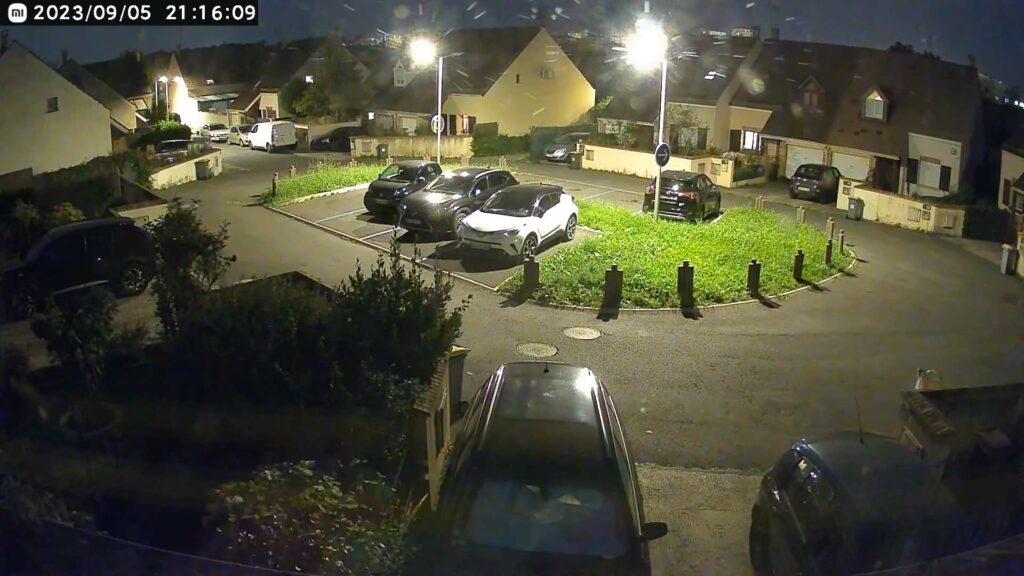
I have to say that this mode on the C400 seems to be slightly different. The colors seem to be colder and the dynamic range lower than the C200.
The C200 seems to have a slightly wider angle of view as well, though it is not that noticeable unless you compare them side by side.
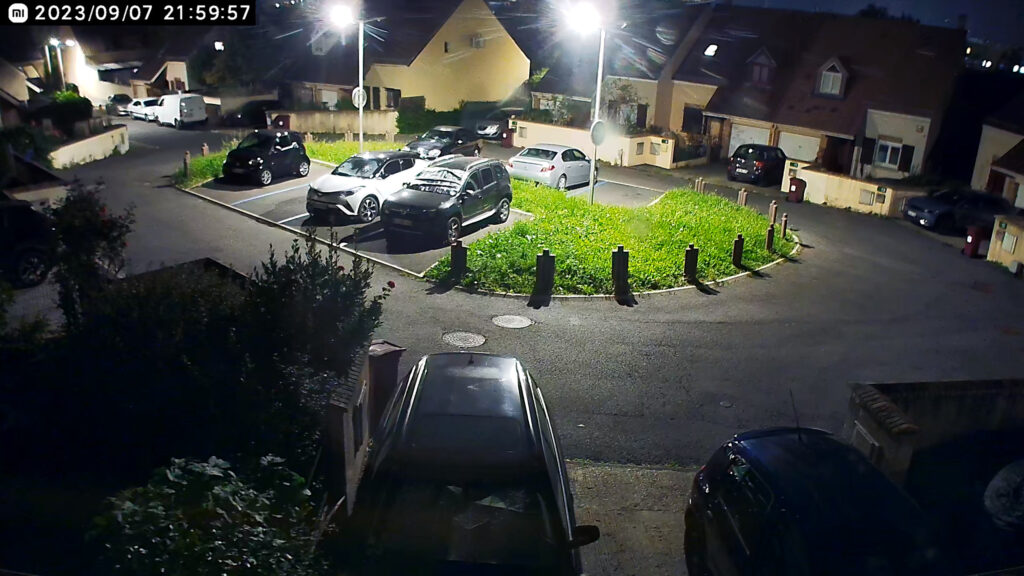
I feel like the contrast of the C400 is crushed. That’s what tends to happen when you crush tons of megapixels on the same surface. The photo sites can’t gather as much light as the lower-resolution sensor.
Compared to the C200, the C400 has slightly more resolution. This resolution is again noticeable, but the difference is not enough for you to really see more details at a distance.
2.5K resolution versus 1080P
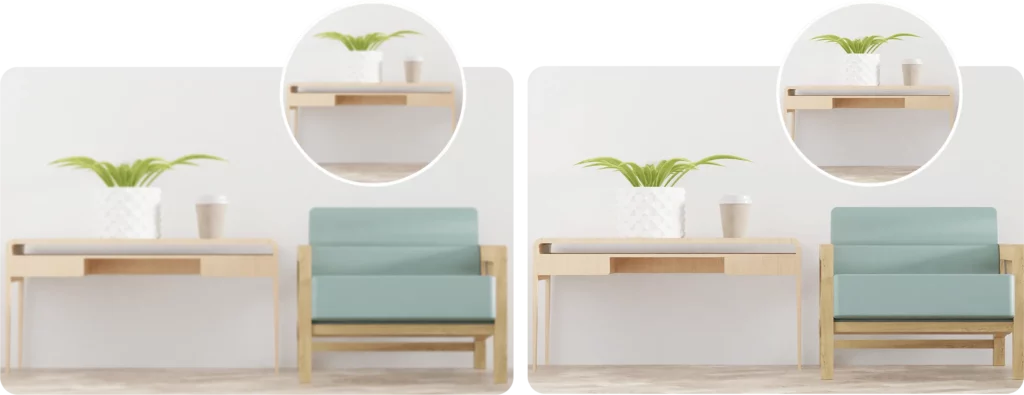
When it comes to the resolution, when the camera is set up to monitor our cars, the plate numbers are sharper but still can’t be read. It goes the same way for faces.
I was honestly disappointed and expected a higher difference; perhaps when you are watching a video on YouTube, the difference is quite noticeable. So much so that from 1080p to 1440p, it’s more noticeable than from 1440p to 4K.
If there’s no way to check faces or plate numbers at this distance, the resolution gives a better rendering of motion and movement.
For example, with the C200, you’ll see a blur when people are walking around due to compression; it’s almost like looking at a ghost move around. With the C400, the movements are less compressed, and you have less of this weird ghosting effect.
The sensitivity of the camera
The C400 seems to be much more sensitive to movements compared to the C200. It’s also better at distinguishing between people and movements. I guess the higher resolution helps in analyzing the frame.
The C400 is supposed to be able to recognize pets, such as cats and dogs. That’s quite handy since they are not really the subject of a security camera.
An improved Wi-Fi
The C400 is compatible with 2.4 GHz band and 5 GHz Wi-Fi. I didn’t notice any speed improvements over the C200 when connecting to it.
I would even say that it seems slightly less responsive overall, especially while trying to connect and read the micro SD.
The WDR mode
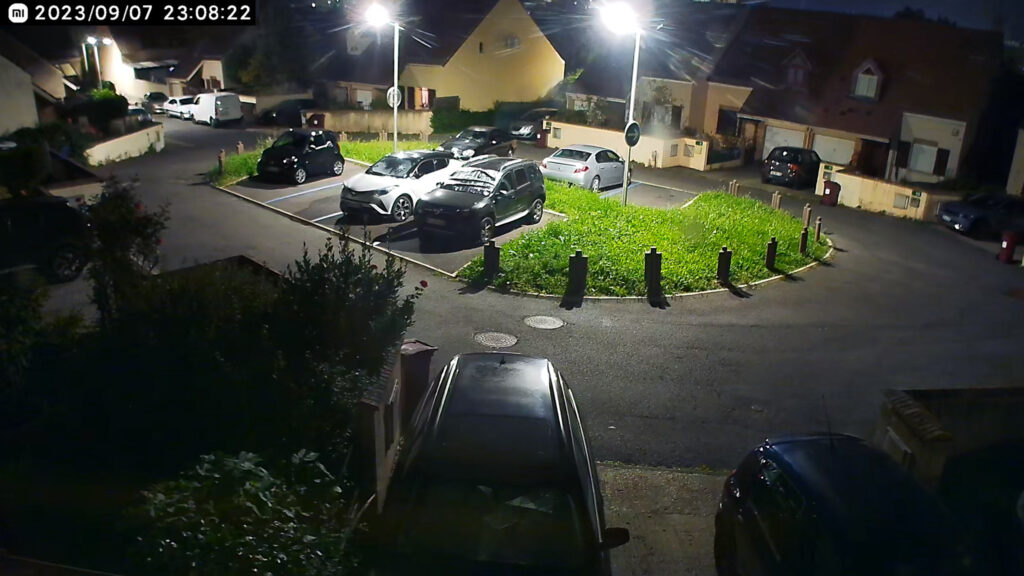
Remember when I was telling you that this camera has a contrast crushed to eleven? Well, there’s an option on the menu named WDR that can enhance the dynamic range essentially.
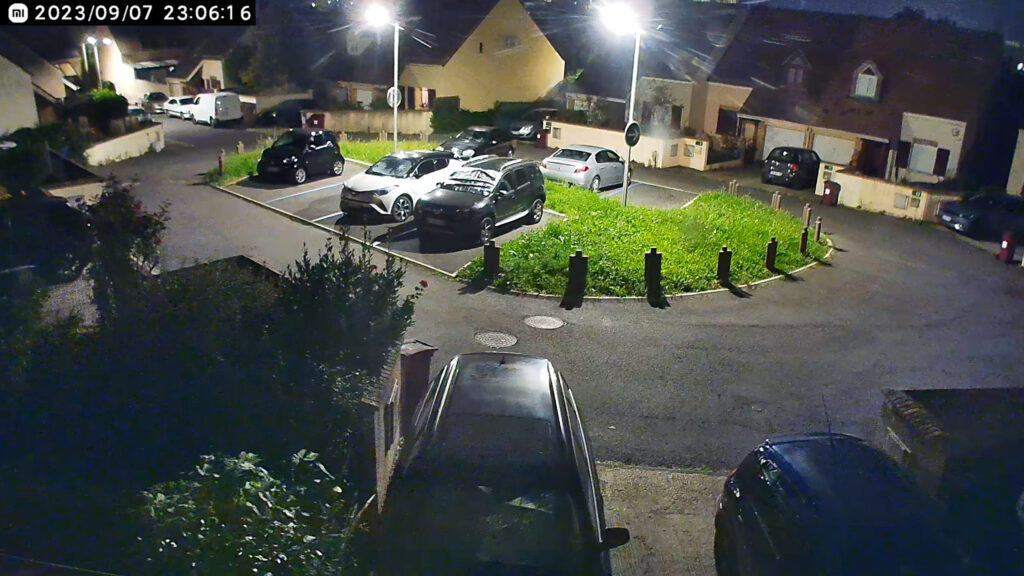
With WD, we get to the level of dynamic range of the C200, but the image feels a tad artificial, in my opinion. Like if the ISO were boosted on the dark areas of the image. It works, but it’s not essential to your security needs.
The cons
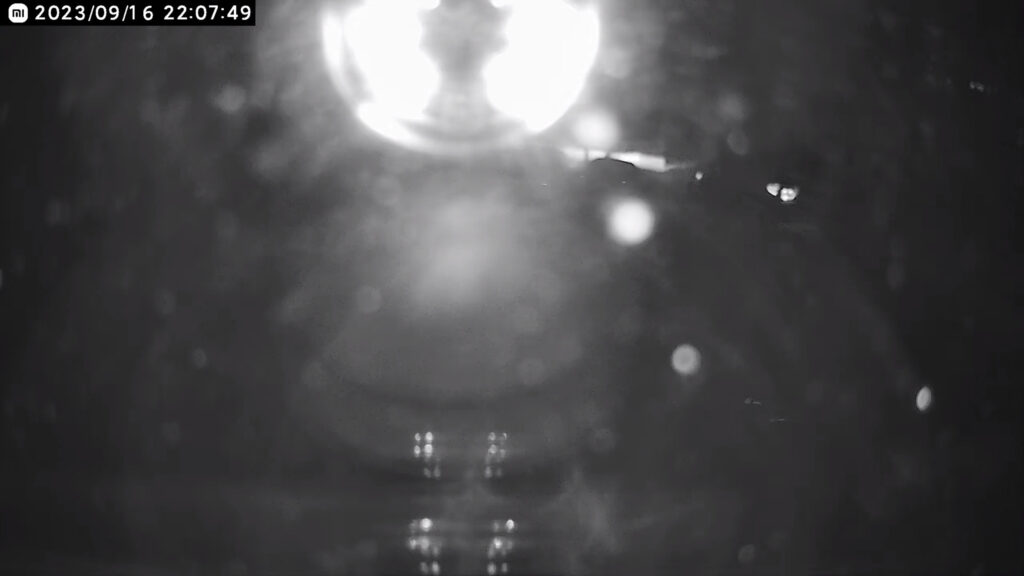
If the C400 is an improvement over the C200, in nighttime mode, the C200 was more reliable with the automatic switch between normal and night vision.
Night vision using an infrared light beam that can bounce on a window, for example, makes the reflection spoil most of the recording.
This can be triggered by a strong contrast, like the light of a vehicle adjusting the exposition and making the ambiance so dark that the camera will activate the infrared mode by itself. This happened to me twice, and I decided to deactivate the feature.
Loading times
The camera can become extremely laggy when trying to read the micro SD while recording to it simultaneously.
This makes it difficult to review the footage properly. They should have ensured smoother performance, as it limits the ability to review footage effectively unless there is no activity in front of the camera.
Verdict
8.2 out of 10.
This upgrade from the Xiaomi C200 seems to be just a small refresh. The 2.5K resolution doesn’t improve the resolution that much outside of the cleaner motions recorded.
What this resolution will bring is a better detection system and, therefore, a slightly better security camera overall.
The C400 sells for 49 euros, while the C200 can be found for 29 euros. I would definitely choose a C400 over a C200, but if you can have both, it would be the best of both worlds.
One C400 to monitor in front of your house and a C200 indoors to protect your belongings inside. Indoors, you won’t need that much resolution anyway, so you might as well save a couple of bucks.
Overall, this camera is a good option for the price. I am still waiting for Xiaomi to release a 4K security camera that will record plate numbers and faces clearly from a small distance.
Informations
Xiaomi Smart Camera C400
Website : https://www.mi.com/fr/product/xiaomi-smart-camera-c400/
Facebook : https://www.facebook.com/XiaomiFrance/?locale=fr_FR


GIPHY App Key not set. Please check settings
One Comment